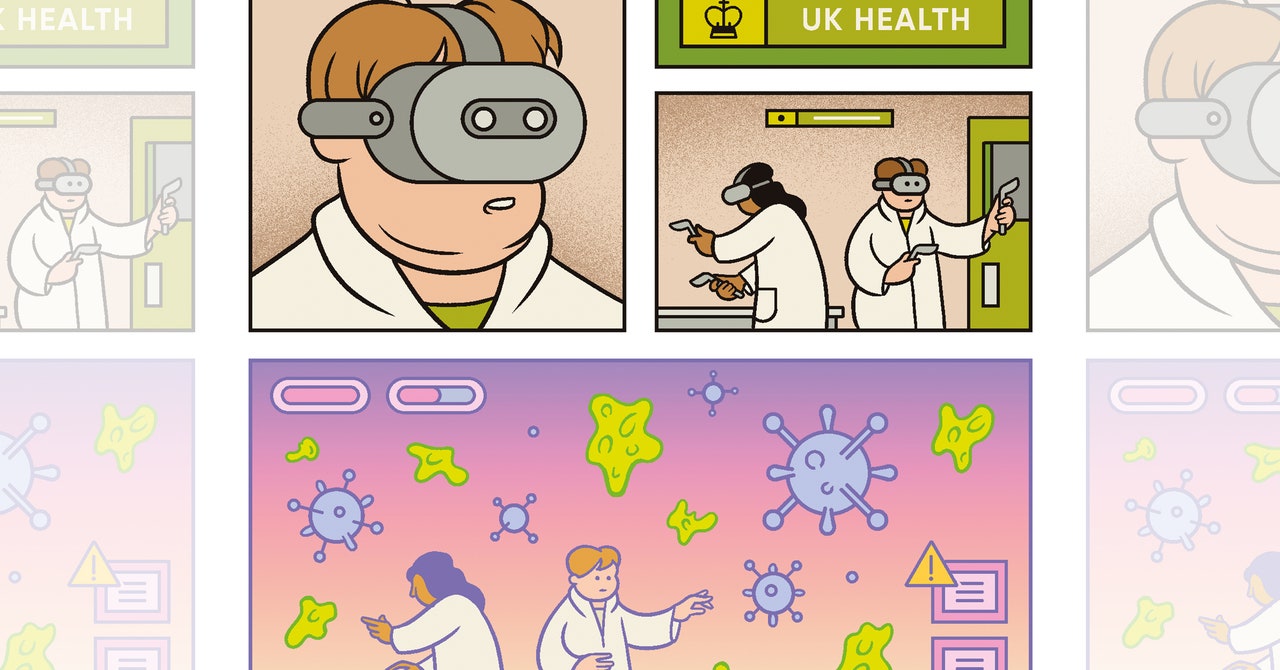Artificial intelligence is evolving rapidly, with projects like OpenAI’s DALL-E 2, Google’s MINERVA, and DeepMind’s Gato all pushing new technological boundaries. Until now, national governments have been slow to adopt this cutting-edge technology. In 2023, however, the opportunities to provide effective, targeted, and affordable services to citizens will prompt them to finally embrace AI, making government more transparent, accessible and effective.
In some countries, AI is already being used to improve people’s interaction with the state. This year, the Estonian government launched a new AI-based virtual assistant called Bürokratt. Taking inspiration from Amazon’s Alexa and Apple’s Siri, Bürokratt provides Estonians with a voice-based way to navigate key services provided by the state, such as renewing a passport or applying for benefits.
In Finland, a similar platform called AuroraAI was announced in 2018. It is part of a broader effort to provide Finns a personalized and autonomous service that helps them navigate various life stages, whether that be the birth of a child, marriage, or elderly care. This platform not only helps citizens interact with government departments, but also offers a proactive, concierge-like medical service that helps them renew prescriptions or even notifies them of new health risks.
In 2023, governments will also finally start using AI and big data to tackle some of society’s biggest problems. In education, for instance, companies like the UK-based CENTURY Tech are helping governments deliver personalized learning. Its system essentially acts as a personal tutor, complementing the in-person teaching a child gets by tracking progress and analyzing areas for improvement.
Done right—and with the proper privacy protections in place—such projects can generate a trove of data that is itself a competitive asset, helping research and innovation to flourish. Just consider the UK Biobank, one of the most important government-led biomedical initiatives worldwide. This project has produced a public database with genetic information of more than half a million people. To this date, it has been accessed by nearly 30,000 researchers from 86 countries, helping AI and biotech startups create new drugs and therapeutics.
In 2023, large-scale virtual worlds, such as the ones built by startup Improbable, will also allow lawmakers and civil servants to game out planning and decisionmaking. These synthetic environments are essentially a metaverse for the government, helping them model cyberattacks or how infectious disease spreads—and proving how they might optimally respond.
For governments to fully deliver on the promise of AI, however, they will need to invest. Soon, a comprehensive digital infrastructure—which includes national computing power, a distributed cloud, and an interoperable set of applications and machine-readable legislation—will be as important to a country as roads, rail, and public water supply. In 2023, more and more countries will accelerate the building of such nationwide digital architectures, allowing them to deliver more AI-powered responsive services that cater to the individual and help the population at large. In 2023, bold governments will be making this move—and they will be examples to follow for the rest of the world.


